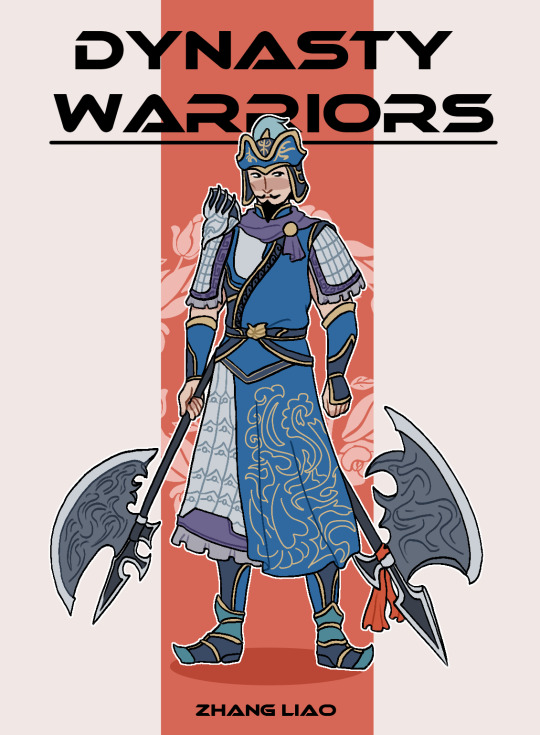#liao dynasty
Text

Covered Pilgrim Flask with Scrolls
China, Liao dynasty (907–1124), 11th century
45 notes
·
View notes
Photo
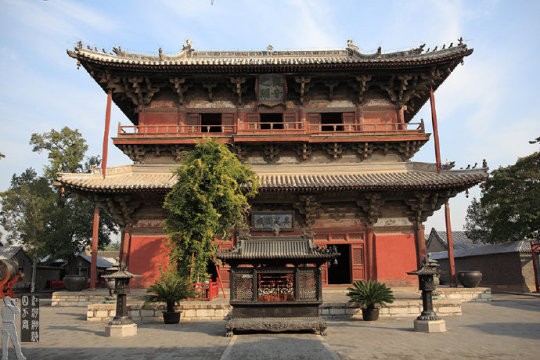

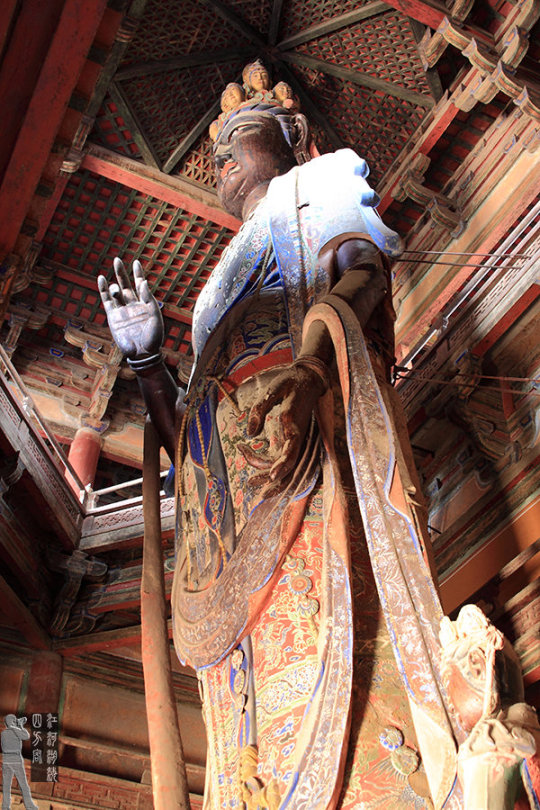
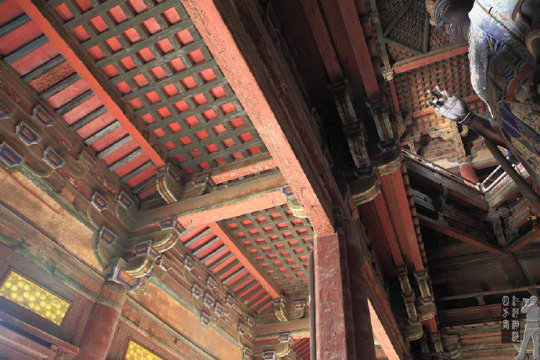
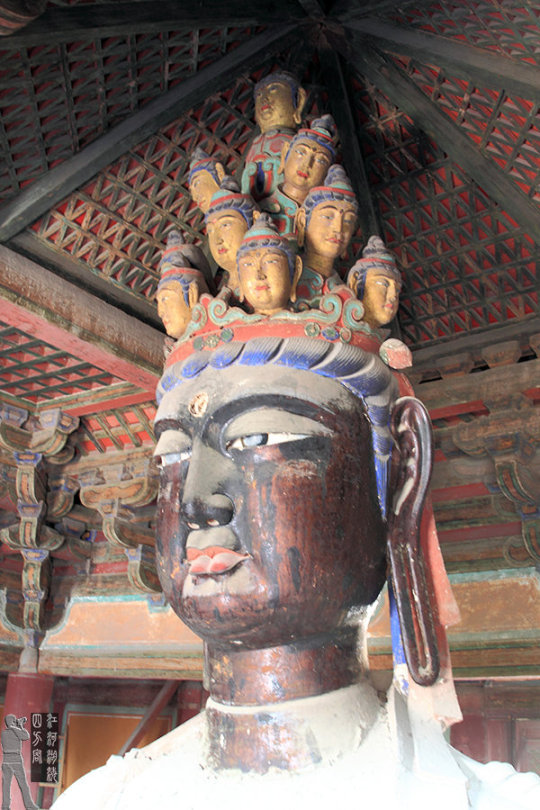


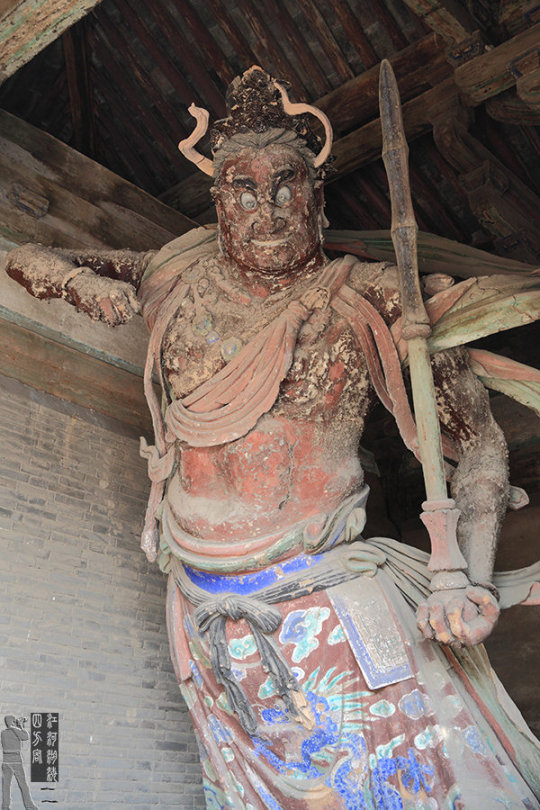

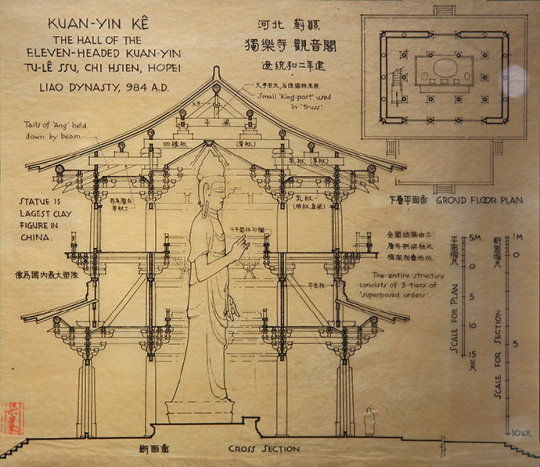
A colossal statue of Guanyin dating from the Liao dynasty (984). This is the tallest clay figurine in China. Guanyin Pavilion (觀音閣) of Dule Temple (獨樂寺) in Ji County (薊縣), Tianjin.
The architecture of the temple is more reminiscent of the Tang era buildings, with eaves protruding like wings. In subsequent centuries, this style is almost never found.
#ancient china#liao dynasty#chinese culture#chinese architecture#wooden architecture#wooden buildings#chinese art#guanyin#观音#buddhist#chinese temple#statues#dule temple#獨樂寺
172 notes
·
View notes
Text
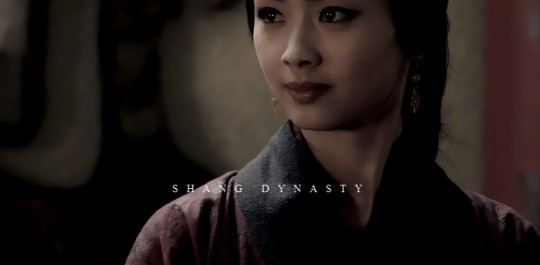
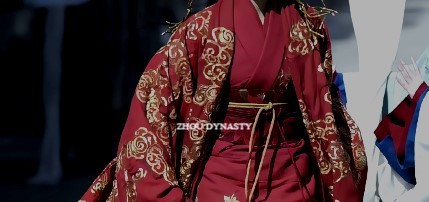


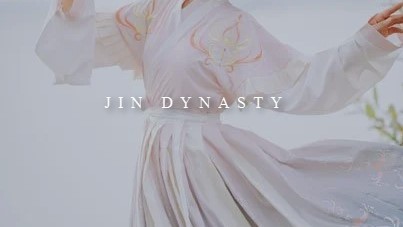

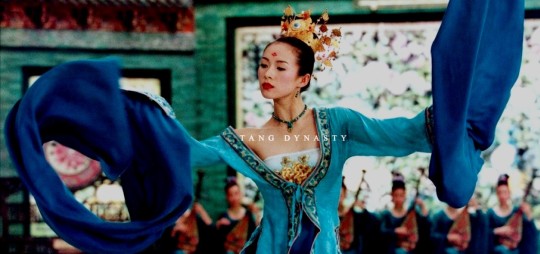


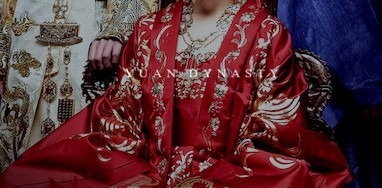

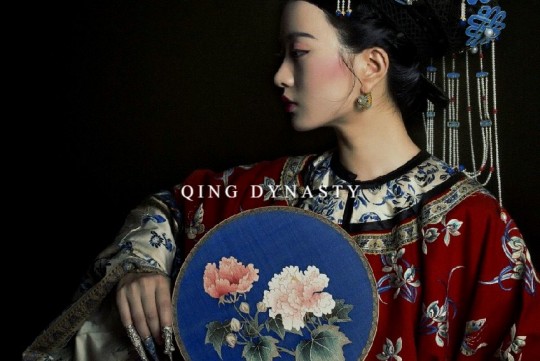
Chinese Dynasties.
Shang | Zhou | Qin | Han | Jin | Sui | Tang | Liao | Song | Yuan | Ming | Qing
#qing dynasty#han dynasty#qin dynasty#shang dynasty#ming dynasty#zhou dynasty#tang dynasty#yuan dynasty#song dynasty#jin dynasty#sui dynasty#liao dynasty#story of yanxi palace#ruyi's royal love in the palace#empress ki#house of the flying daggers#legend of xiao chuo#red cliff#zhao wei#the king's woman#legend of haolan
146 notes
·
View notes
Video
【Hanfu · 漢服】The evolution of Ruanjiao Putou (軟腳幞頭 )to Zhanjiao Putou (展角幞頭), lit. "spread corner head cover" BY Artist @傅夢興
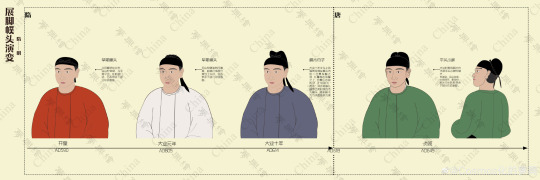
↑ 【Sui Dynasty-Early Tang Dynasty】

↑【Early Tang - High Tang Dynasty (Period)】

↑【 High Tang - Mid Tang Dynasty (Period)】

↑【 Mid Tang - Late Tang Dynasty】
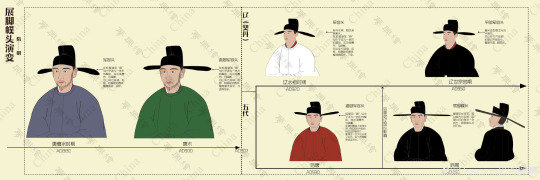
↑【Late Tang Dynasty-Five Dynasties and Ten Kingdoms Period & Early Liao Dynasty】
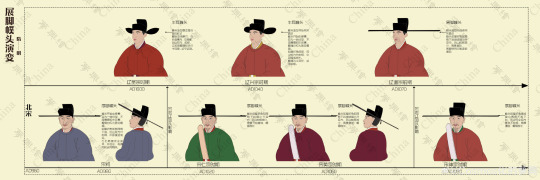
↑【Song Dynasty & Mid-Liao Dynasty(Begin to be influenced by Song)】
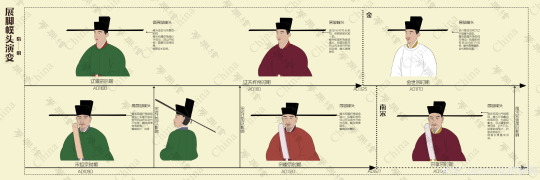
↑【Song Dynasty & Late Liao Dynasty & Jin Dynasty】
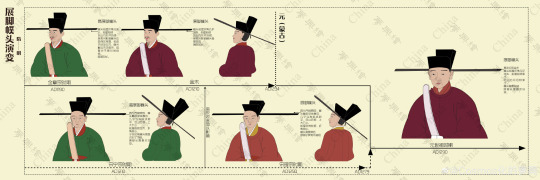
↑【Late Southern Song Dynasty - Yuan Dynasty(Han officials)】

↑【Late Yuan Dynasty(Han officials)- Early Ming Dynasty】
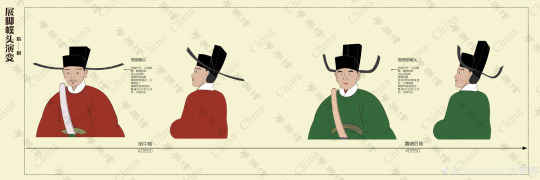
↑【Mid-Ming Dynasty (Period) 】

↑【Mid-Ming - Late Ming Dynasty (Period) 】
----------------------------------
【Artist Twitter & Weibo】:
Twitter: 傅夢興 @FuWenqianxi
Weibo : @Cosmos化的夢興
----------------------------------
#chinese hanfu#hanfu#hanfu history#Sui Dynasty#Tang Dynasty#five dynasties and ten kingdoms#Song Dynasty#Liao Dynasty#Jin Dynasty#Yuan Dynasty#Ming Dynasty#China History#hanfu accessories#hanfu_challenge#Chinese Costume#chinese culture#chinese art#chinese#chinese fashion history#historical clothing#historical fashion#historical hairstyles#historical costuming#hanfu culture#Hanfu From China#chinese traditional clothing#historical art#Illustration#illustrator#Cosmos化的夢興
149 notes
·
View notes
Text
Xiao Yanyan, Empress Regent of Liao


17 notes
·
View notes
Text
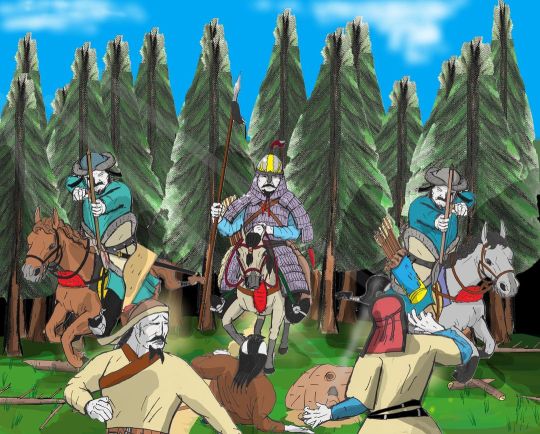
KHITAN AMBUSH, 10TH-12TH CENTURY MONGOLIA
After the fall of the Uyghur Khaganate in 840, the Mongolian plateau went through a new period. From Xiongnu times through to the Uyghurs, it had been the centre of great empires. After 840, the eastern steppes became a more fragmented region, which over the following centuries was dominated or heavily influence by states based in north China or Central Asia: the Khitan-ruled Liao Dynasty, the Jurchen-ruled Jin Dynasty, and the Qara-Khitai.
Of these states, the Khitan Liao (916-1125) exerted the most power over Mongolia proper, incorporating most of it into their empire and ruling it directly, establishing networks of garrisons, settlements and forts across the region. They divided the peoples of the plateau into a number of bu 部, often translated as "tribes" but more akin to "unit." These were administered by a Khitan xiangwen, a Khitan form of the Chinese title xianggong 相公 (chancellor). In time this was Mongolized into senggüm, and a common name component by 12th/13th century Mongolia. (Most famously born by Ong Khan's son Senggüm-Nilqa).
As a part of this process of consolidating their rule (and controlling the potential threat of the northern nomads) the Liao and their successors sought to control the access the iron in the steppes, either by minimizing and forbidding trade of iron implements and even coins from North China to Mongolia.
Yet archaeologically the Khitan period is rather rich in findings of iron tools and even cast-iron in Mongolia (especially in the Khitan forts). I suspect the Khitan did not ban it entirely, but tried to control its distribution as well to make the nomads dependent on them, keeping an eye on it in order to ensure they weren't stockpiling weaponry. And I suspect as well, they took it upon themselves to break up local metallurgy networks that would have challenged this, as I have shown here.
You can learn more about the Khitans and metallurgy in the Mongol Empire in my latest video
youtube
7 notes
·
View notes
Photo

MWW Artwork of the Day (9/3/22)
Liao Dynasty artist (fl. c. 1000)
Luohan (from Yizhou caves)(c. 1000)
Lead-glazed stoneware statue, 103 cm. high
The British Museum, London
An austere youthful ‘luohan' (arhat), this ceramic sculpture belongs to the celebrated set of sixteen or eighteen once placed in caves to the west of Yixian, Hebei province. The surviving ‘lohan’ from the set are so individually modelled that they have been considered portraits of eminent monks; however, a tradition of representating ‘lohan’ with very human faces certainly existed in China since the middle Tang, as evidenced by those surrounding Sakyamuni in no. 312. The Yixian figures are striking for their sombre dignity and power, and have nothing of the elevated caricature associated with Chan ‘lohan’ painting of the Five Dynasties and Song periods. Made in the tradition of Tang dynasty portraiture of monks and priests, it represents the aspirations of the educated man to attain spiritual enlightenment.
8 notes
·
View notes
Text
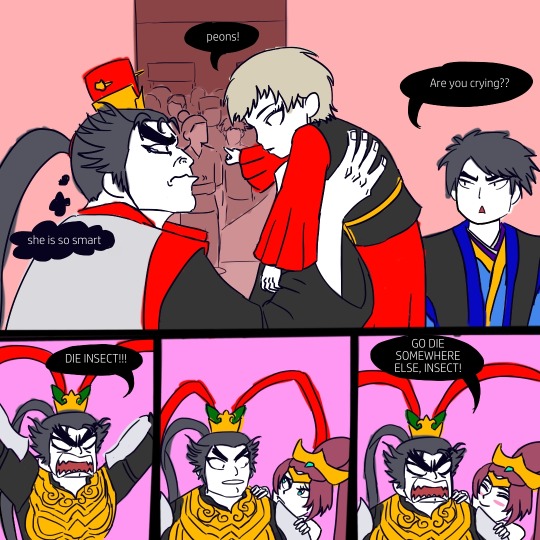

I immediately thought of him
27 notes
·
View notes
Text
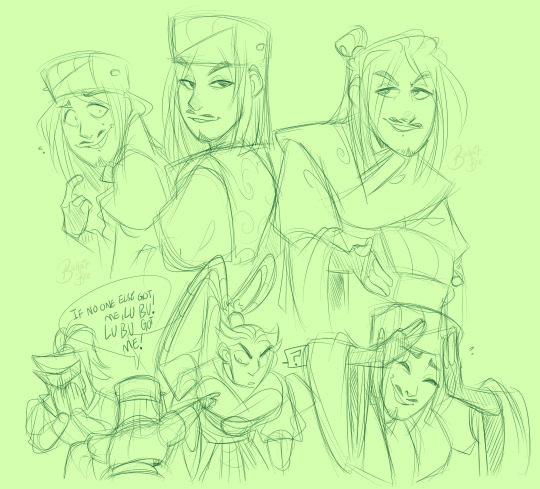
Just a normal man
Just an innocent man
69 notes
·
View notes
Text
Me: I don’t have a type
Also me:
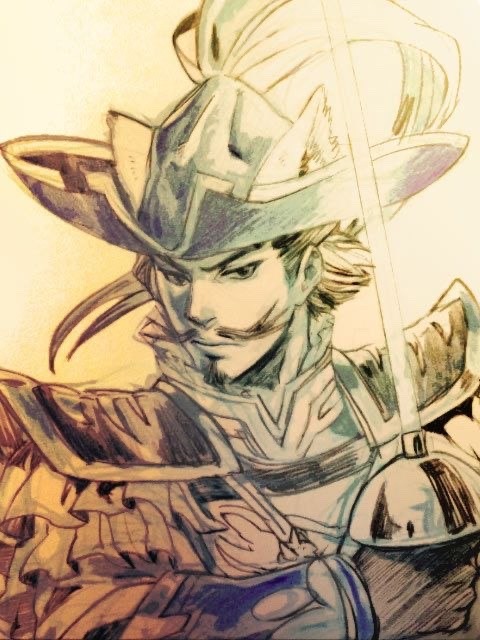

👀
#dynasty warriors#koei tecmo#rpg#strategy#warriors orochi#the romance of the three kingdoms#zhang liao#sengoku musou#musou#sangoku musou#one piece#mihawk#anime
40 notes
·
View notes
Text

new dw game announced
#this is an old post but posting here for personal archiving#dynasty warriors#lu bu#diaochan#lu lingqi#chen gong#zhang liao#perfect since it's close to xmas too#doubles as early xmas post
12 notes
·
View notes
Photo
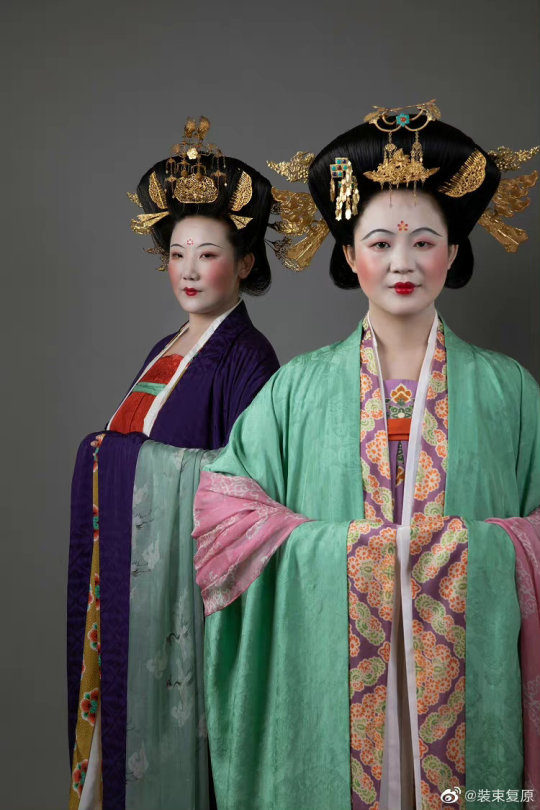
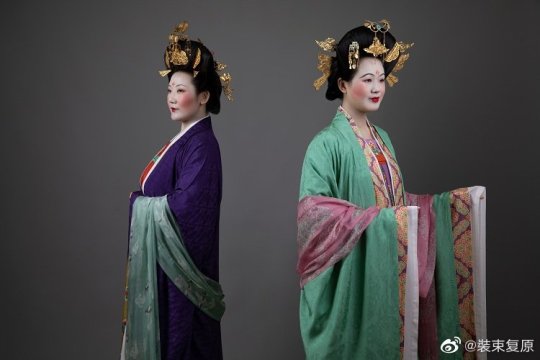
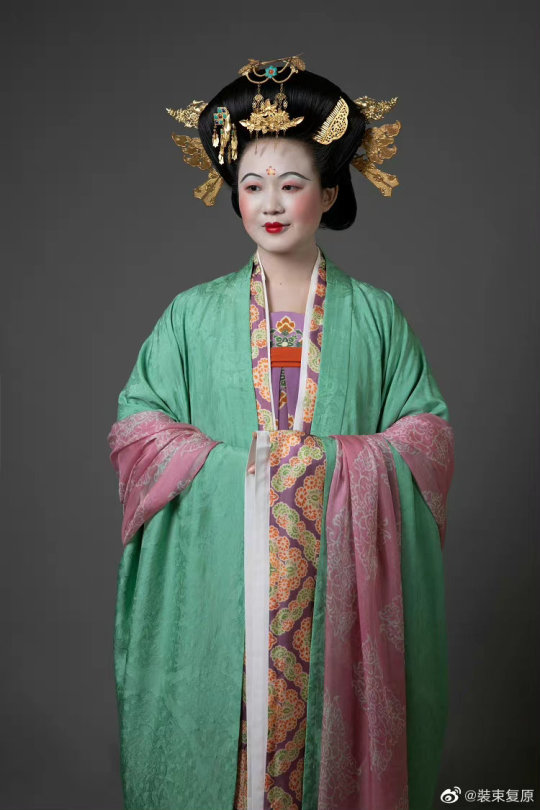
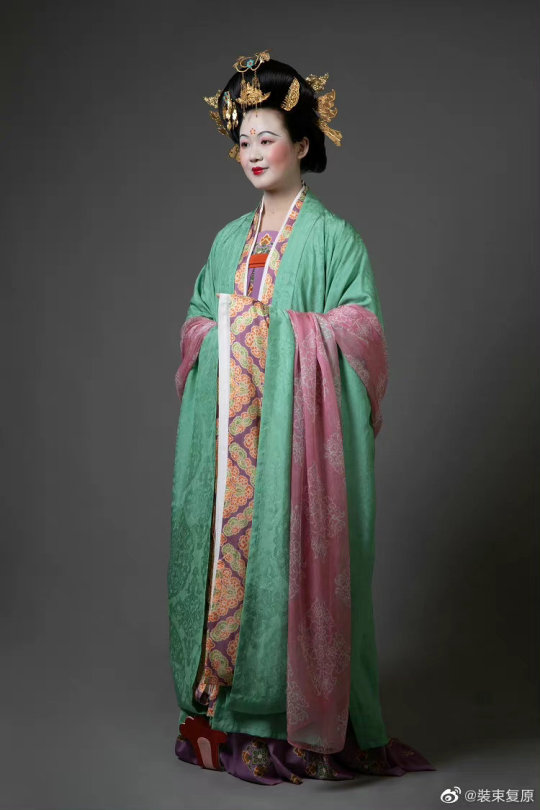

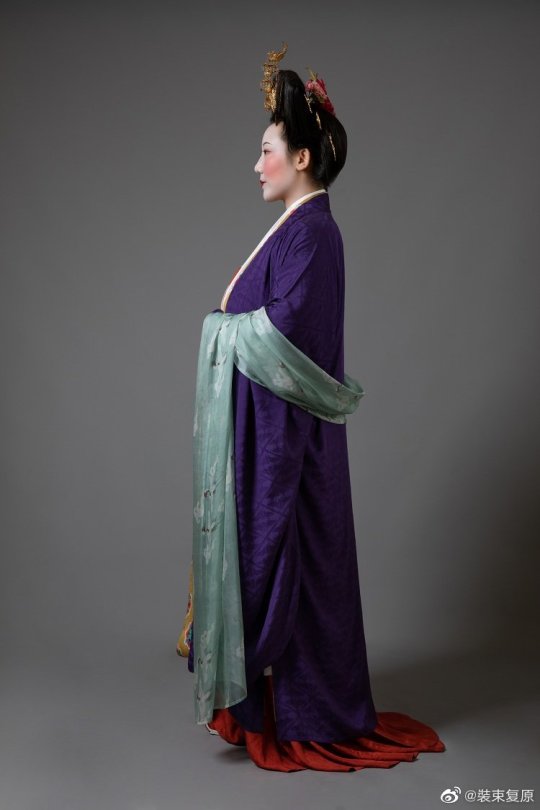
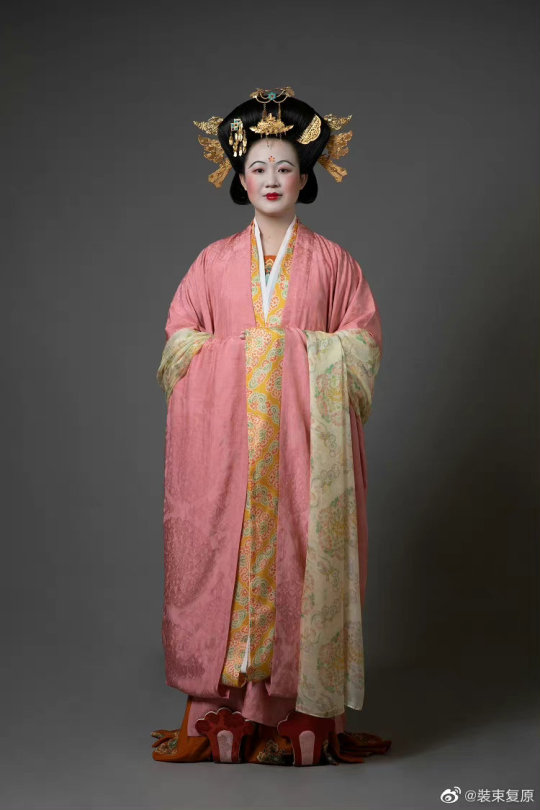
【Reference Artifacts】
・Five Dynasties and Ten Kingdoms Period: Female Figures from the Tomb of the Empress of Min Kingdom (闽国) Liu Hua (Wang Yanjun's wife)
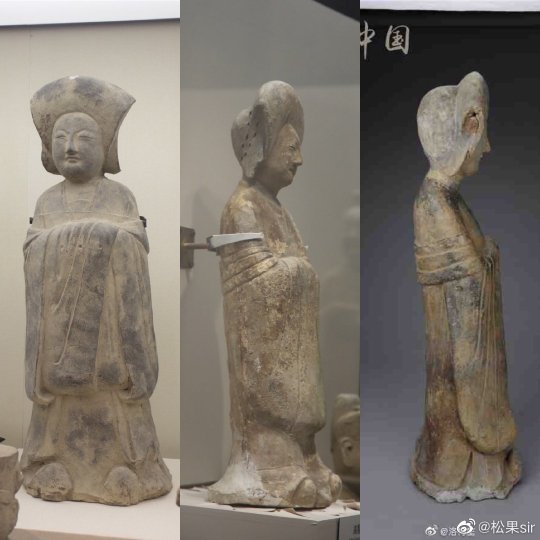
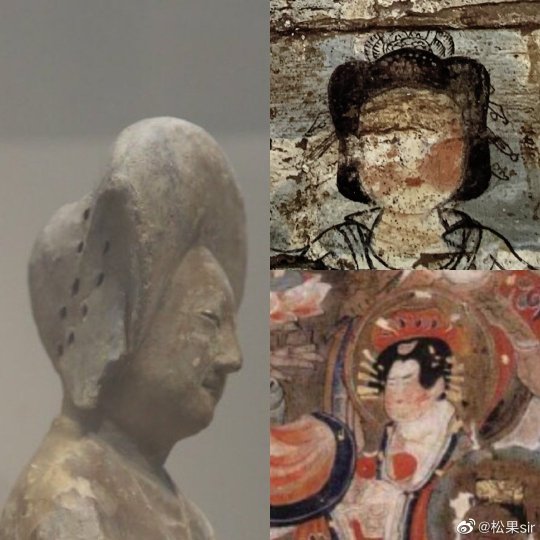
[Hanfu · 漢服]Chinese 【Five Dynasties And Ten Kingdoms Period-Min Kingdom (闽国) 】Traditional Clothing Hanfu & Hairstyle Based On Relics
—————-
【History Note】
In the Five Dynasties and Ten Kingdoms period, the costumes of noble women were further developed on the basis of wide-sleeved clothes in the late Tang Dynasty. The combination of draped shirts, long skirts and high buns created a taller and slender silhouette with a sense of ritual.
The shape of the female figurines unearthed in the tomb of Liu Hua of the Five Dynasties of Fujian is very representative. Their hair is in a half-fan-shaped high bun, which echoes the cicada-wing-shaped hair tail behind the ears,, forming a butterfly-like outline. The bun has holes for combs, hairpins, and wearing several layers of shawl shirt, and the long skirt, the Pizi(披子) around the body, is more consistent with the dress style in the murals of the Liao tomb and the female figurines of the Southern Tang Dynasty at the same period. It can be seen that this dressing combination has become the standard paradigm for noble ladies in various places at that time.
—————-
Recreation Work:@裝束复原
🔗Weibo:https://weibo.com/1656910125/M63PbxEwP
—————-
#Chinese Hanfu#hanfu#Five Dynasties And Ten Kingdoms Period#Min Kingdom (闽国)#Southern Tang Dynasty#Liao Dynasty#late tang dynasty#hanfu history#hanfu accessories#hanfu artifacts#hanfu_challenge#chinese history#chinese#hanfu fashion history#Chinese Costume#Chinese Culture#chinese art#chinese fashion history#historical clothing#historical fashion#historical hairstyles#historical costuming#chinese style#hanfu recreation#hanfu culture#Hanfu From China#chinese traditional clothing#Tomb of the Empress of Min Kingdom (闽国) Liu Hua (Wang Yanjun's wife)#裝束复原
108 notes
·
View notes
Text
Aesthetics of pink and gold outfit of Xiao Yanyan, Empress Regent of Liao
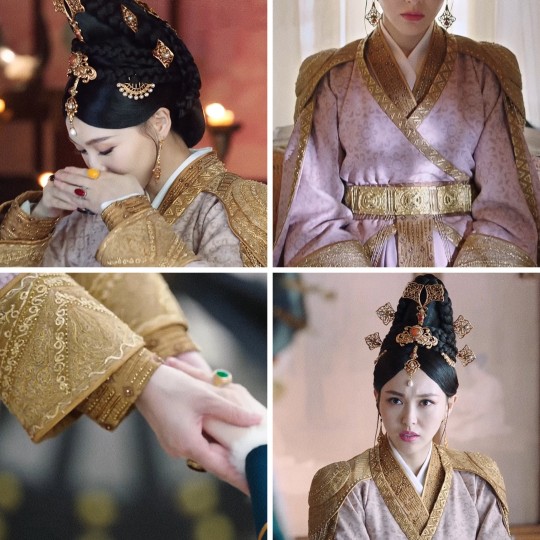
23 notes
·
View notes
Text



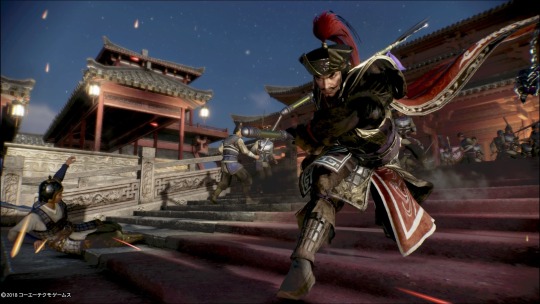

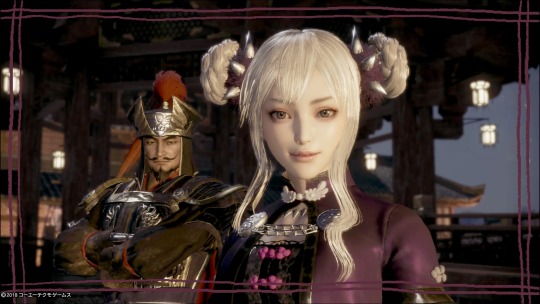
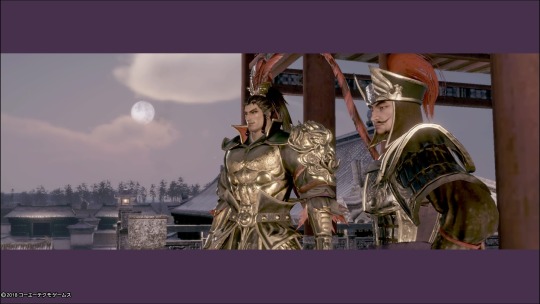
真・三國無双8
張遼+呂布・董白 2019
まとめ1 (コントローラー1個での撮影時期)
8 notes
·
View notes
Text
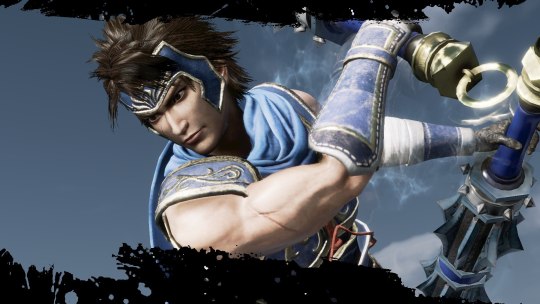

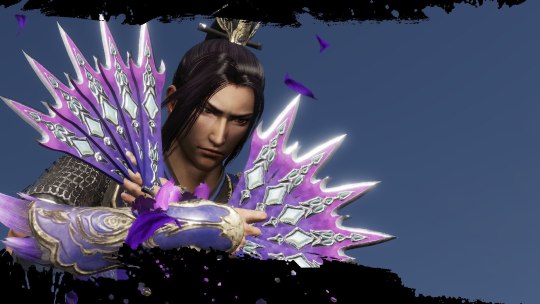


9 notes
·
View notes
